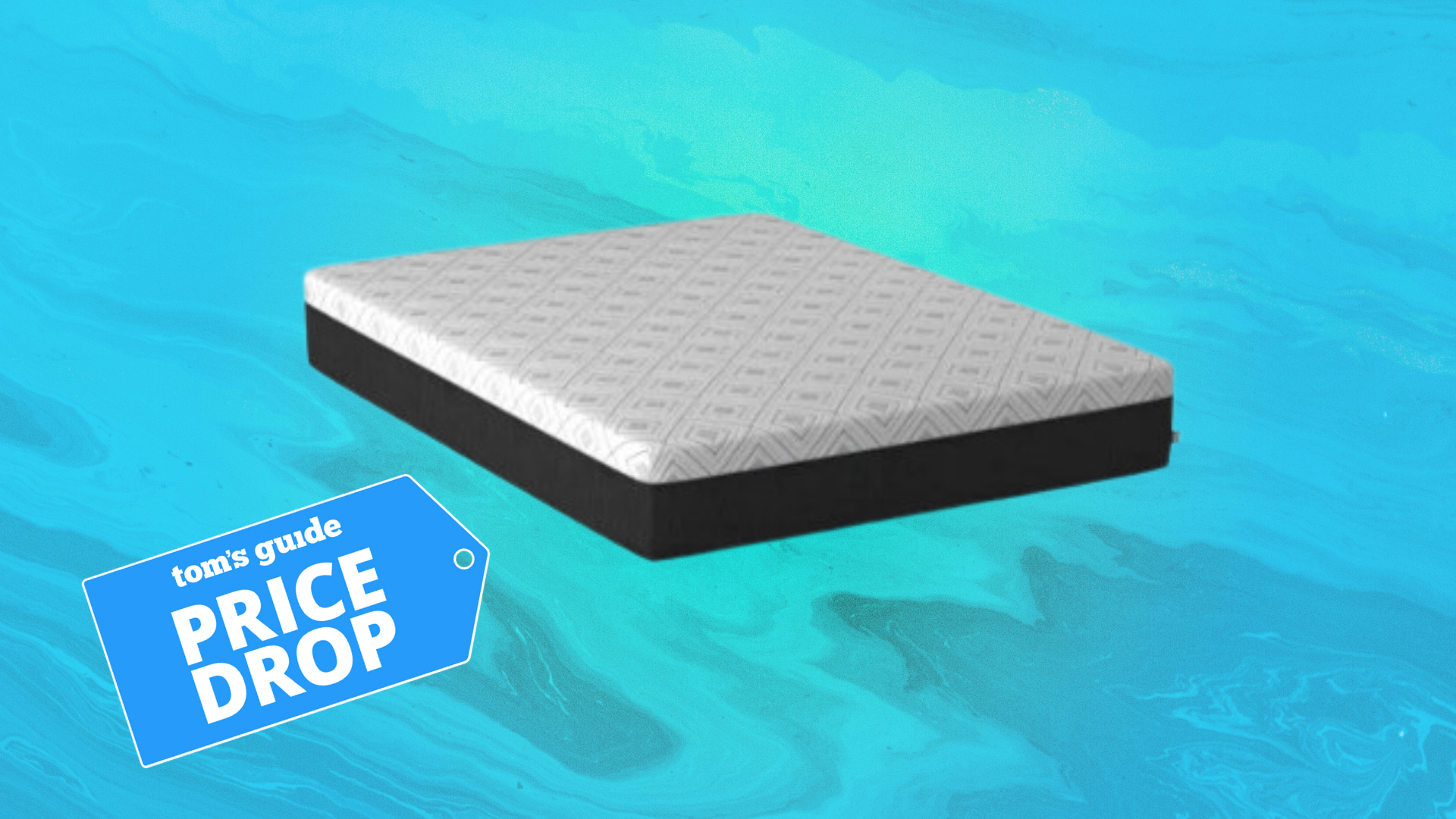iPhone 15 Pro Max release — why it could be the best iPhone ever
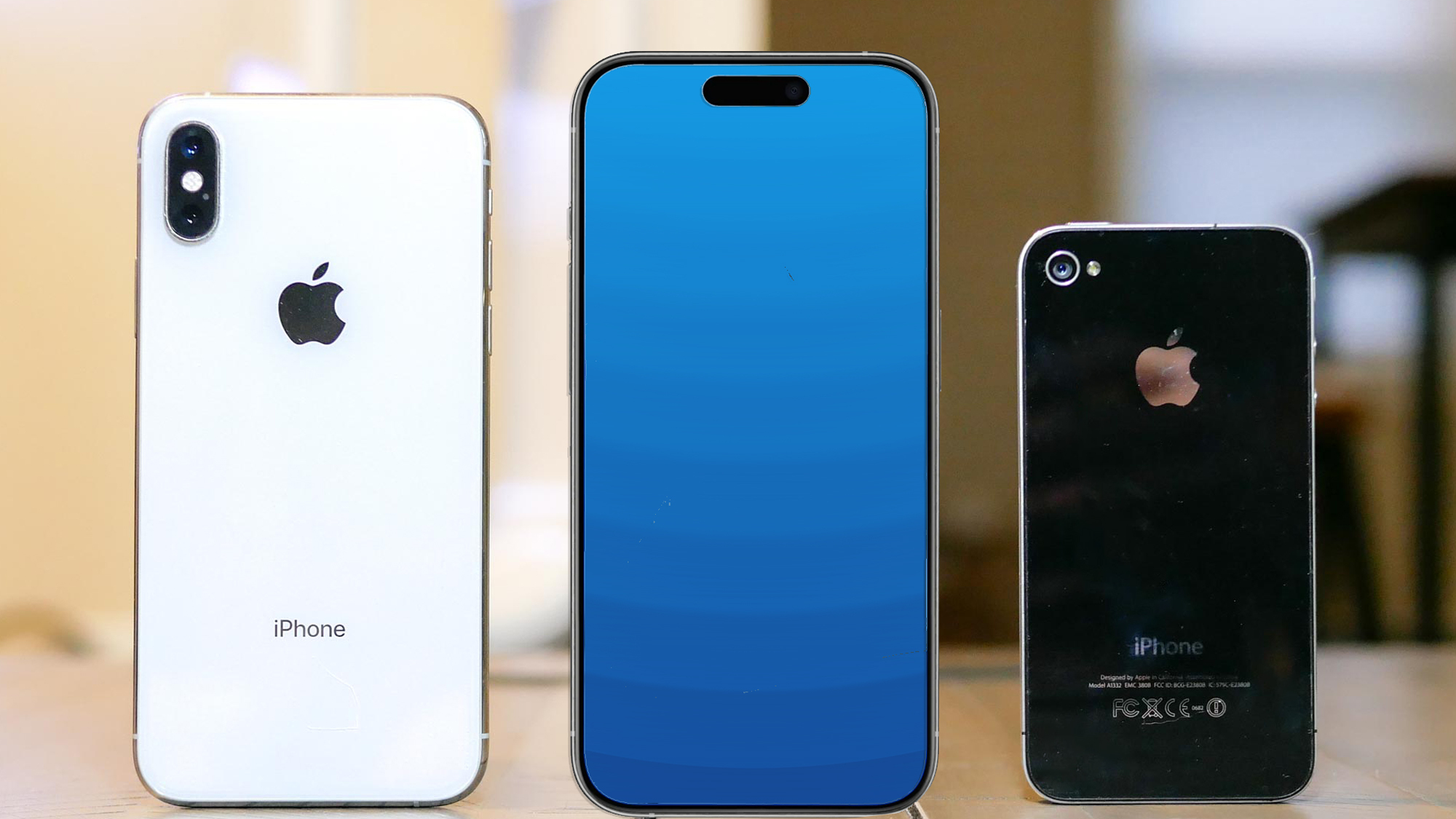
I’ve reviewed a lot of iPhones in my time, but with each new release, I often ask myself is this the best one yet? Apple’s “Wonderlust” event is right around the corner, where we’ll probably get acquainted with the new iPhone 15 lineup. There’s already a lot of buzz heading into the event, but out of the bunch that we’re expecting to see, the iPhone 15 Pro Max is arguably going to be the most intriguing.
Whether it ends up being called the iPhone 15 Ultra or not, it’s being hyped as the biggest leap since the iPhone X. That’s saying a lot, so it begs the question: where would the iPhone 15 Pro Max / iPhone 15 Ultra land in the best all-time iPhones list? It’s a relevant one given how smartphones have changed given that it’s nearly 6 years since the iPhone X’s announcement.
Big upgrades are in store for Apple’s latest flagship, which is rumored to feature a new periscope telephoto camera, stronger titanium alloy frame, programmable Action button, USB-C port, and much more. When I look at this list, it makes me wonder if they’re all enough to propel it into the same conversation as these past iPhones below.
Original iPhone: A smartphone revolution (2007)
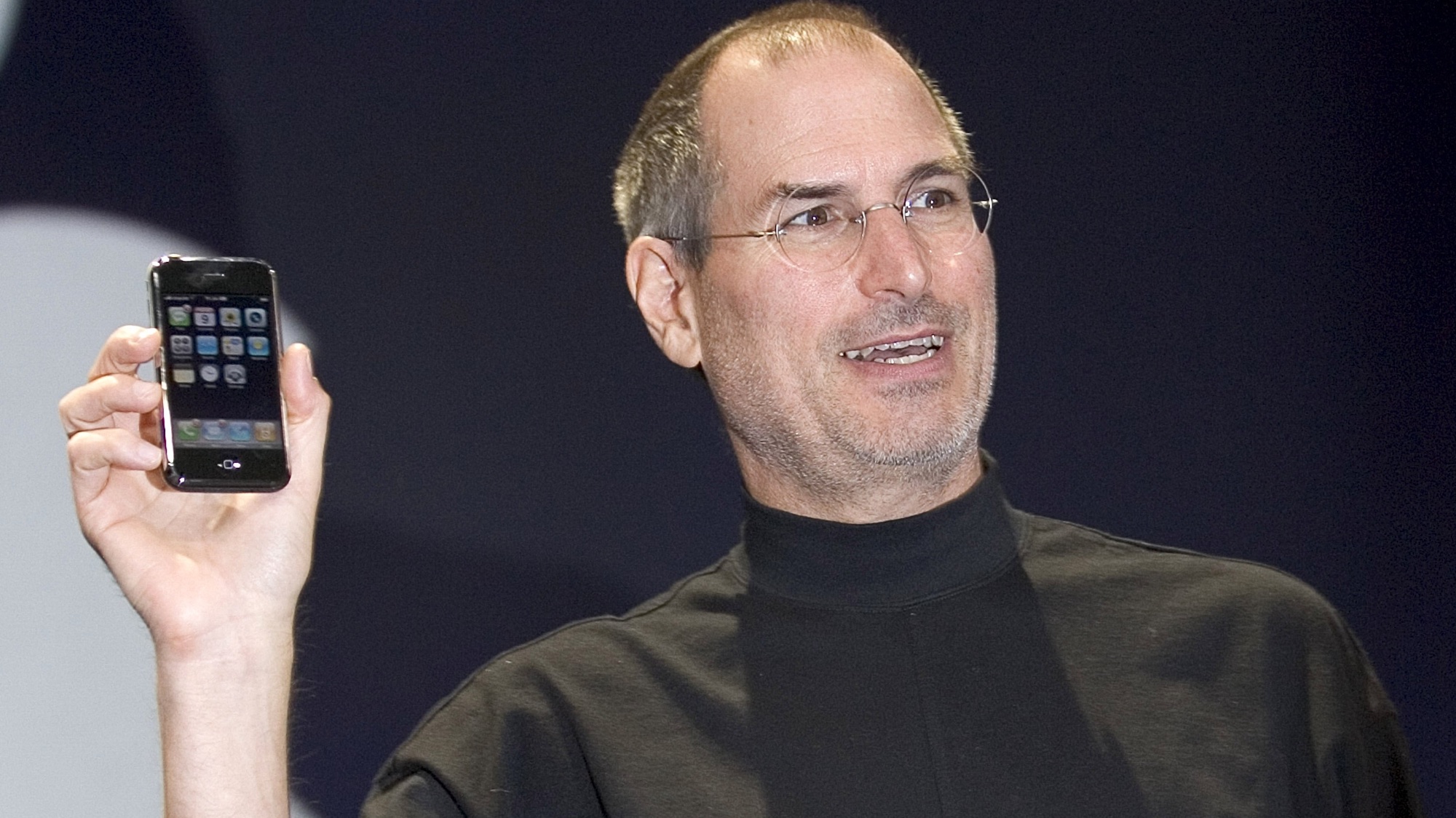
If you ask anyone what’s the best all-time iPhone, I would be shocked if they say anything other than the original iPhone released in 2007. In the world of smartphones, it single handedly revolutionized the way we’ve come to communicate, work, and interact with people in our daily lives.
It’s hard to imagine how much time has passed since then, but here are just a few of its notable features:
- Capacitive touchscreen: Resistive touchscreens were widely used in smartphones and often required a stylus to use, but the iPhone 2G went with a capacitive touchscreen instead that allowed your finger to easily interact with the screen.
- Multi-touch gestures: We take this one for granted today, since it’s become ubiquitous. However, the iPhone 2G redefined surfing the web thanks to multi-touch gesture support that introduced us to pinch zooming and kinetic scrolling.
- CoverFlow: Not only was the iPhone a phone for communicating with people, but it also doubled as an iPod for listening to music. It introduced CoverFlow that brought a dynamic way of browsing music.
- Visual Voicemail: Rather than dialing into your voicemail and being forced to listen through each one in order, Visual Voicemail listed your voicemails on the iPhone to make it easier to go through them.
- Consistently smooth performance: This is another thing we take for granted, but the iPhone 2G offered a consistently smooth performance with whatever it was doing. Gone were the days of slowdowns that bogged down other smartphones.
Apple iPhone 4: Redefining video calls (2010)

After speaking to some of my colleagues, we agree that the iPhone 4 is the runner up all-time best iPhone because just like the original, it was revolutionary in the sense that it changed our interactions and perceptions of what a premium smartphone should offer. Apple changed up the design in a huge way, making it 25% thinner than its predecessor and introducing the glass meets metal design language that has been widely adopted by other phones.
Sadly, it was the last iPhone introduced by Steve Jobs, but the keynote was made more memorable thanks to the live demo of the first feature below.
Get instant access to breaking news, the hottest reviews, great deals and helpful tips.
- FaceTime: This is without a doubt the biggest iPhone 4 feature because it made video phone calls an actual reality, one that was reliable, clear, and intuitive. Additionally, the iPhone 4 was the first in the series to feature a front-facing camera.
- Retina Display: Apple went hard to win the specs game by introducing the Retina Display with the iPhone 4, which was at the time the highest resolution display in any smartphone.
- Backside illuminated sensor: The iPhone really started becoming a camera phone contender with the arrival of a backside illuminated sensor with the iPhone 4, which resulted in sharper photos and better low light performance.
- Multitasking with iOS 4: With iOS 4, it finally allowed iPhone users to “multitask” by being able to switch from one app to another — whereas before, you had to always go back to the home screen to run a different app
Apple iPhone X: A new class of premium (2017)
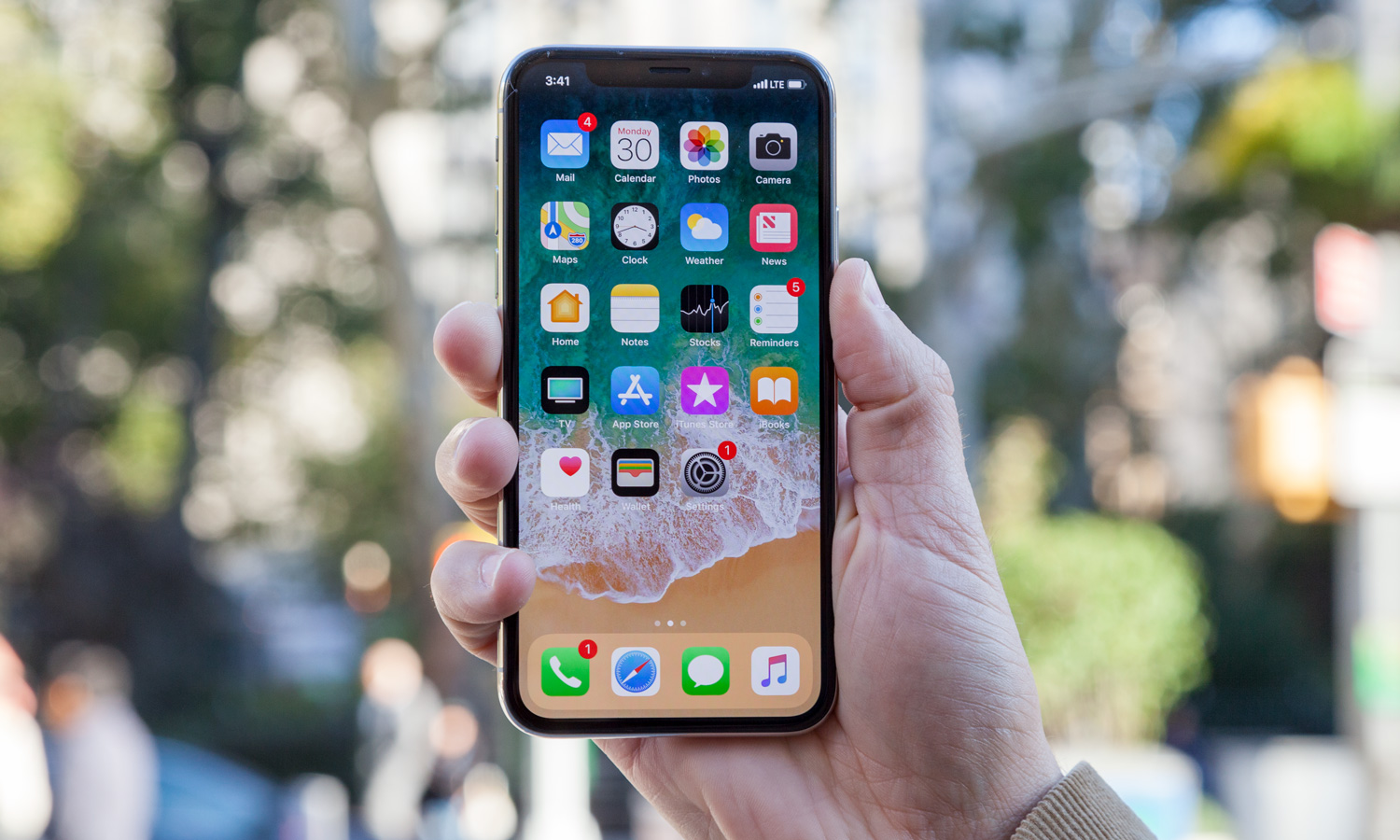
Rounding out the top three best all-time iPhones is the iPhone X. Apple dramatically changed the design and features, with Tim Cook famously saying, “iPhone X. This really is the future.” Looking back on it, the iPhone X was the biggest leap in the series since the iPhone 4.
Although, it also set the bar in terms of what flagship phones should cost. At a whopping $999, it was a substantial increase over what consumers were used to paying.
- Face ID: Packing a new TrueDepth camera, it introduced people to more secure and reliable form of authentication for unlocking the iPhone X and also paying for stuff with Apple Pay.
- Stainless steel frame: With its polished stainless steel frame, it gave the iPhone X a deservingly more premium design — all while introducing a more bezel-less design
- Super Retina Display: Speaking of bezels, the Super Retina Display of the iPhone X was the first in the series to feature an OLED display, which offered better contrast ratio, HDR support, and True Tone.
Honorable mentions: iPhone 11 Pro, iPhone 4s, and iPhone 6 Plus
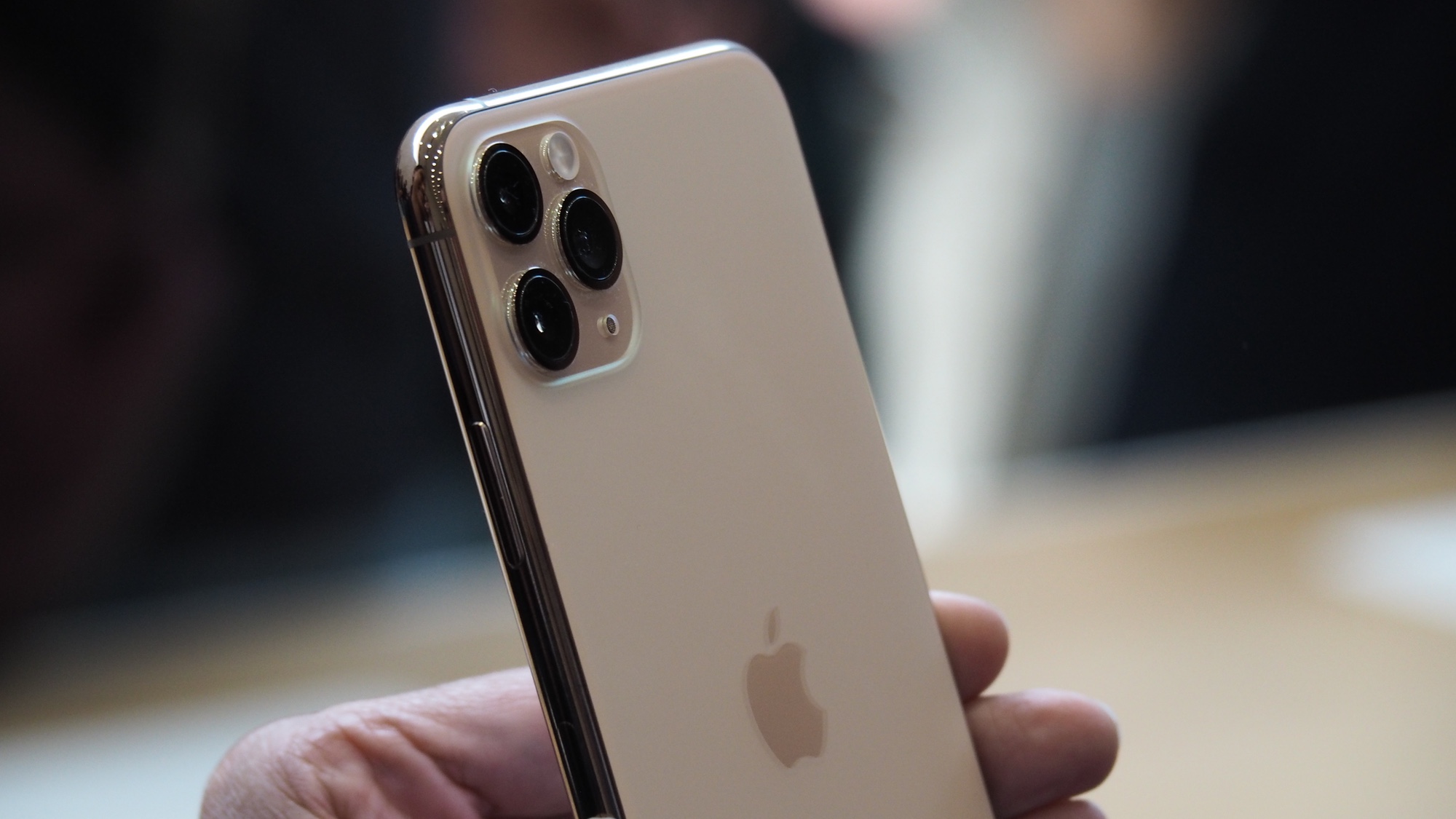
After those three iPhones, the debate about what lands after the top 3 has often been debatable. One potential contender is the iPhone 11 Pro because it was a dramatically different looking phone complete with a triple camera system, Super Retina XDR Display, A13 Bionic chip and extended battery life.
There’s also the iPhone 4s in this debate because it was the first time Siri was introduced, while the iPhone 6 Plus was the first time consumers were given a choice with two size options with the iPhone.
Apple iPhone 15 Pro Max: Outlook
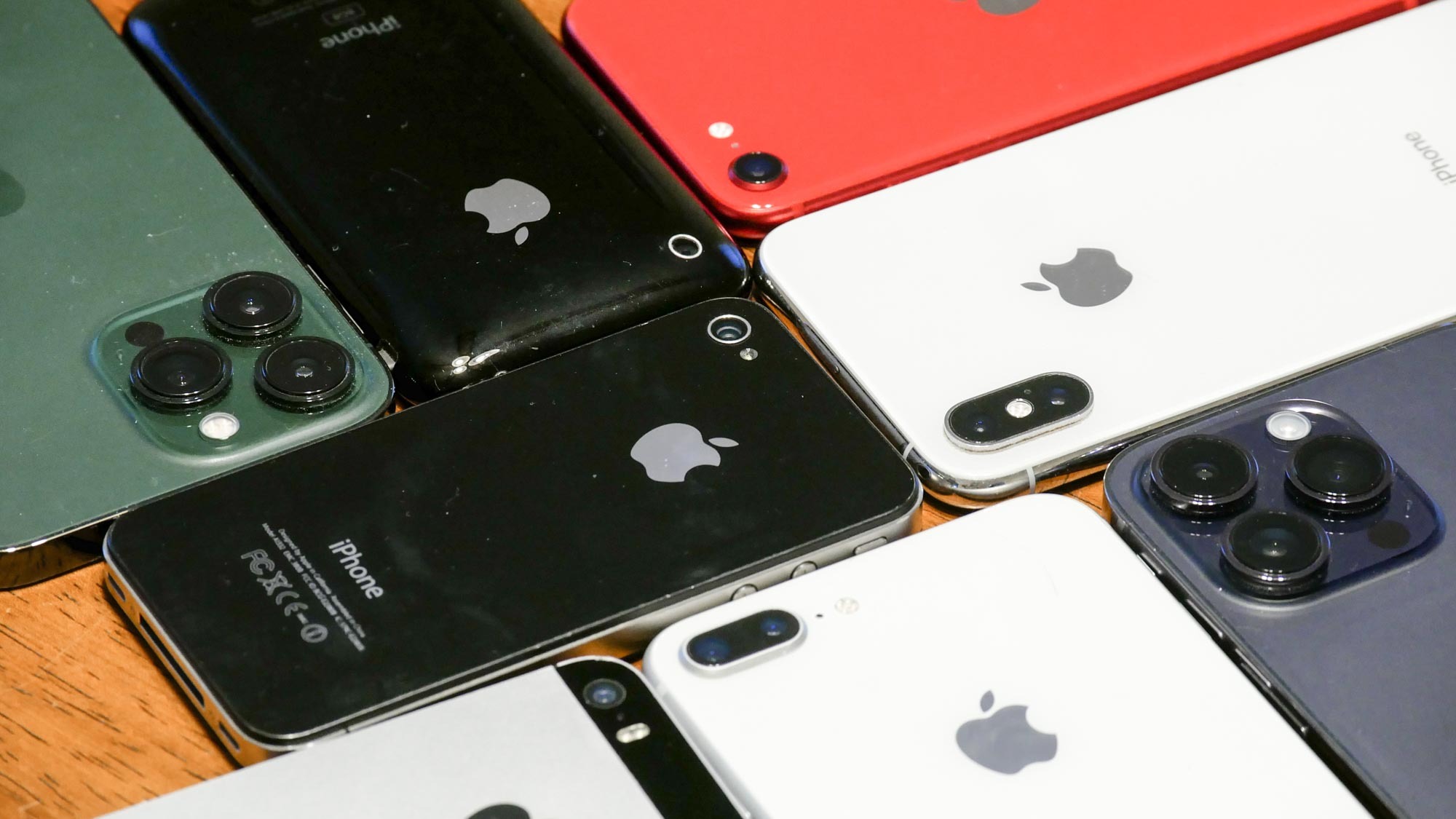
It’s hard to say where the iPhone 15 Pro Max / iPhone 15 Ultra could land in the all-time best iPhones list. Based on all of the rumors, it could really make a case to easily land in the top 5, assuming that a longer telephoto camera will be on board. The periscope lens on the iPhone 15 Pro Max is tipped to double the zoom from the iPhone 14 Pro Max, going from 3x to 6x.
The alleged Action button will reportedly let you perform multiple shortcuts, ranging from opening the camera and the flashlight to starting a voice recording and launching a digital magnifying glass. And finally, the A17 Bionic chip could be a powerhouse in terms of processing power to potentially unlock 8K video recording and more.
Depending on how they turn out, these features could either be simple, iterative upgrades — or perhaps revolutionary if they do much more. When you think about how much time has passed since the iPhone X, Apple's due for a generation defining iPhone once again.
More from Tom's Guide
- iPhone 15 and iPhone 15 Pro colors just leaked in new video
- How to watch the Apple iPhone 15 event — and everything to expect
- iPhone 15 release date: When to expect the new iPhone

John’s a senior editor covering phones for Tom’s Guide. He’s no stranger in this area having covered mobile phones and gadgets since 2008 when he started his career. On top of his editor duties, he’s a seasoned videographer being in front and behind the camera producing YouTube videos. Previously, he held editor roles with PhoneArena, Android Authority, Digital Trends, and SPY. Outside of tech, he enjoys producing mini documentaries and fun social clips for small businesses, enjoying the beach life at the Jersey Shore, and recently becoming a first time homeowner.
